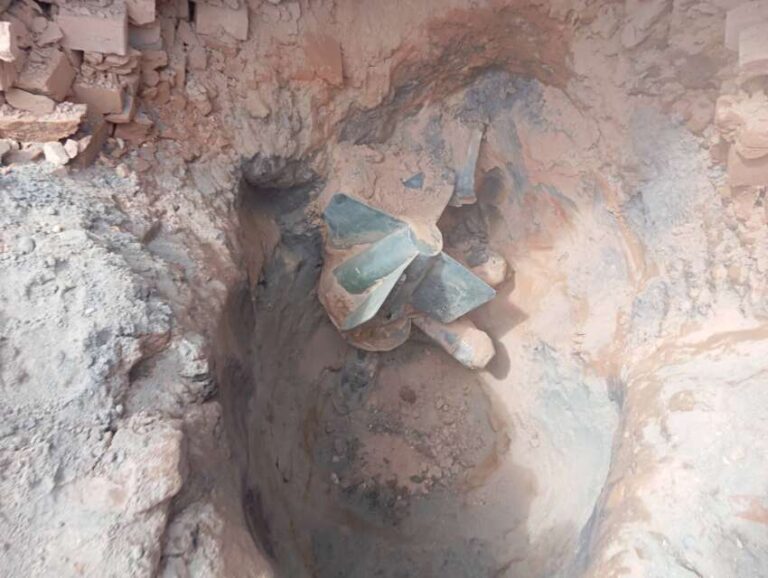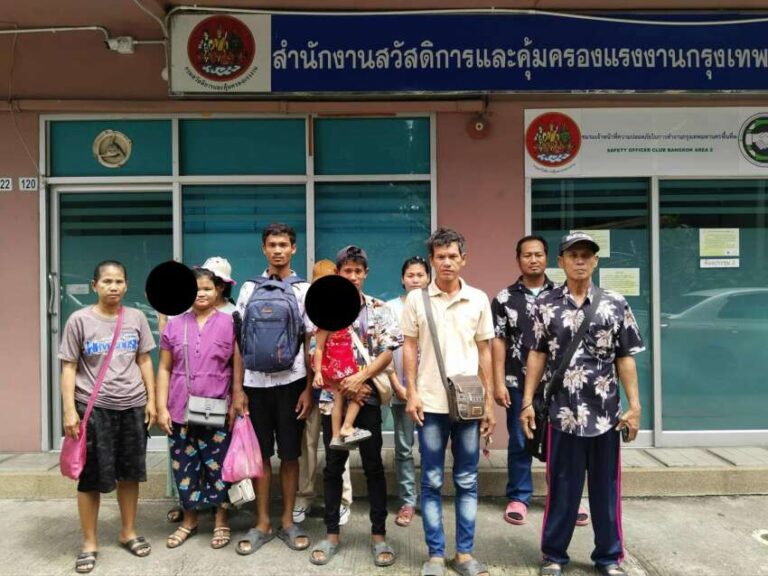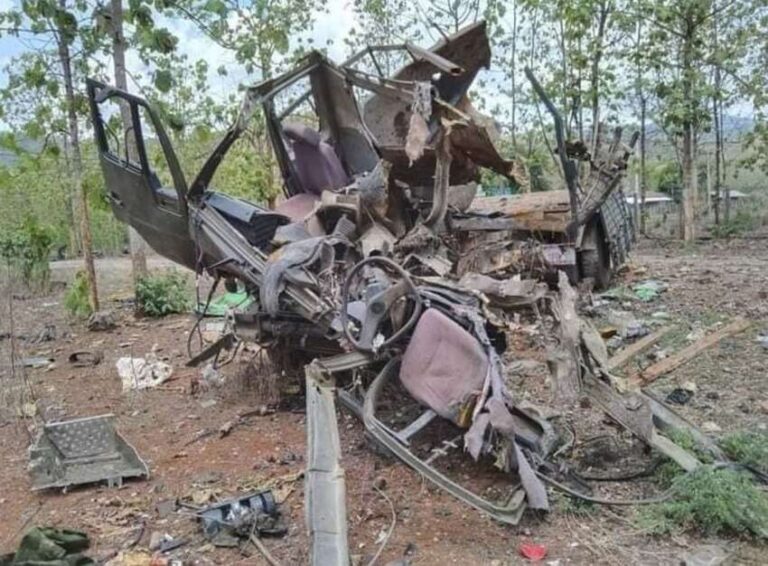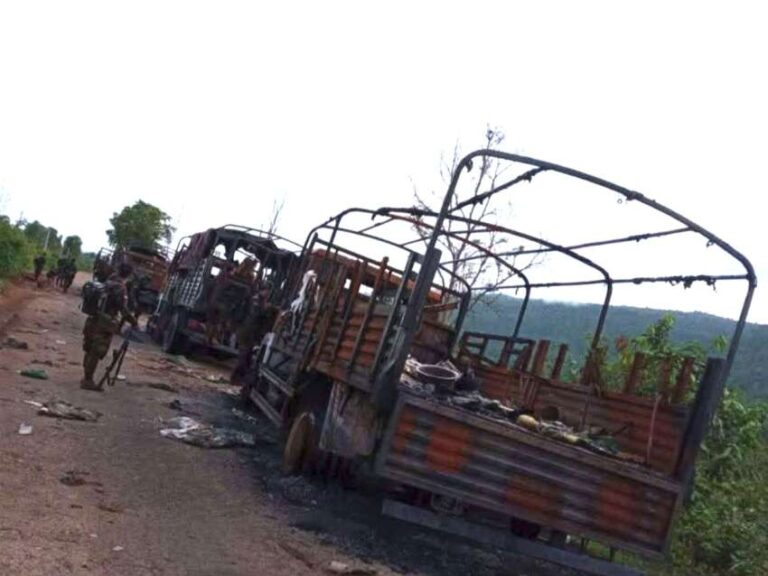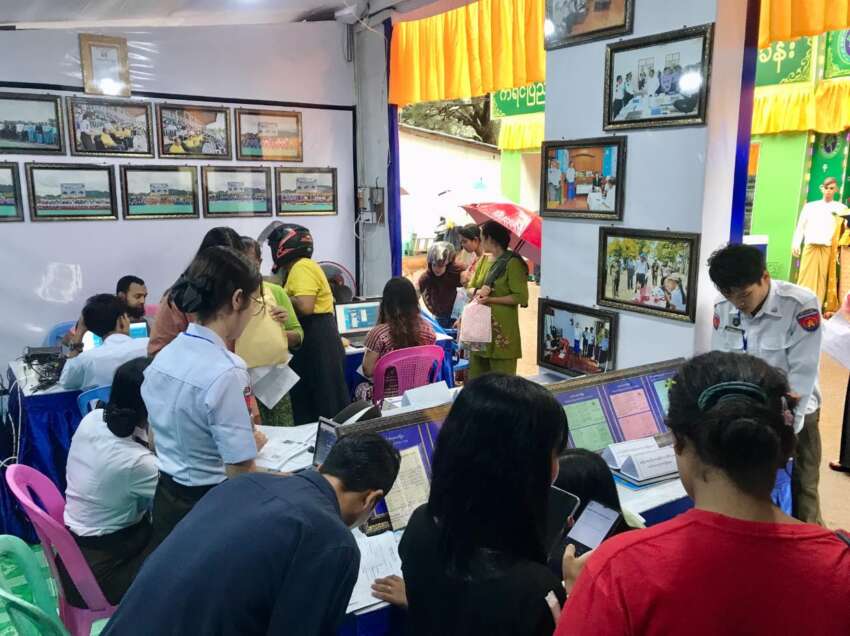
The terrorist military council is using a national database system linked to e-ID verification to identify and arrest military deserters, police deserters, Civil Disobedience Movement (CDM) staff, and political activists across the country, according to military sources in Naypyidaw. The council has detailed records of military deserters, police deserters, CDM staff, and fugitive political activists stored in a computerized national database system. This database can be accessed at any time by immigration officials and military officers to verify personal information and check suspicious individuals.
The system, known as the Person Scrutinization and Monitoring System (PSMS), is connected nationwide and allows authorities to check individuals at checkpoints and along travel routes. According to military sources, the database contains registration information for all military deserters, police deserters, CDM staff, and those with political offense records. The military council has implemented this verification system at various checkpoints including Junction 3, Mile 26 of Yangon-Mandalay Highway, Min Lwe Kon Gate at the Hlegu-Bago border, Nyaung Khar Shay, Hpa-an Gate, Myawaddy border gate, Tachileik border gate, and Kawthaung border gate.
A border crossing service agency based in Myawaddy reported an increase in arrests of CDM staff attempting to cross into Mae Sot, Thailand. The source stated, ‘They have CDM staff lists in their computer system. Once someone is in that system, they cannot escape. This is something people need to be very careful about.’ The military council has been collecting biographic and biometric data from all Myanmar citizens through the e-ID system, entering it into the database, and issuing Unique ID (UID) numbers. They are now using this system to track and arrest their targets.
The implementation of this technological surveillance and control system represents an escalation in the military council’s oppression of civilians. Political activists warn that people need to be increasingly cautious as the junta expands its use of digital tools to monitor and suppress the population. The database system allows for immediate verification of personal information and cross-referencing of records, making it increasingly difficult for targeted individuals to move freely within the country or attempt to cross borders. This systematic approach to surveillance and control demonstrates the military council’s growing sophistication in using technology to suppress dissent and maintain their grip on power.
